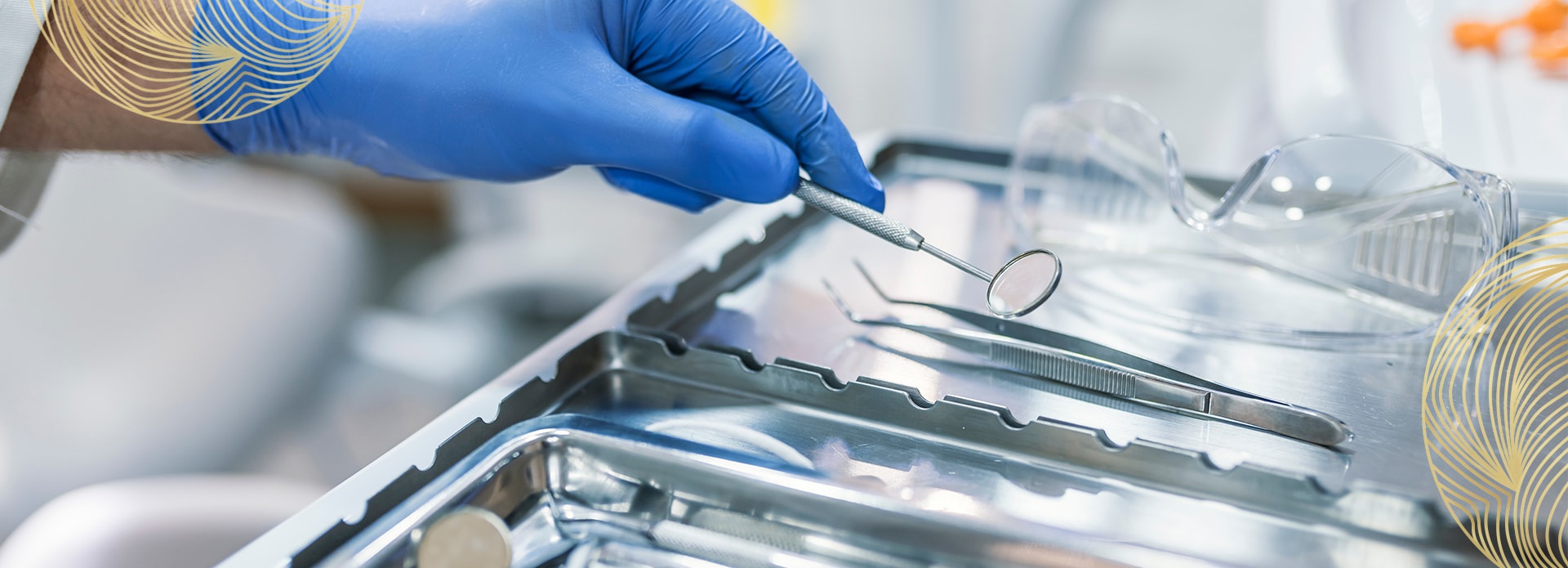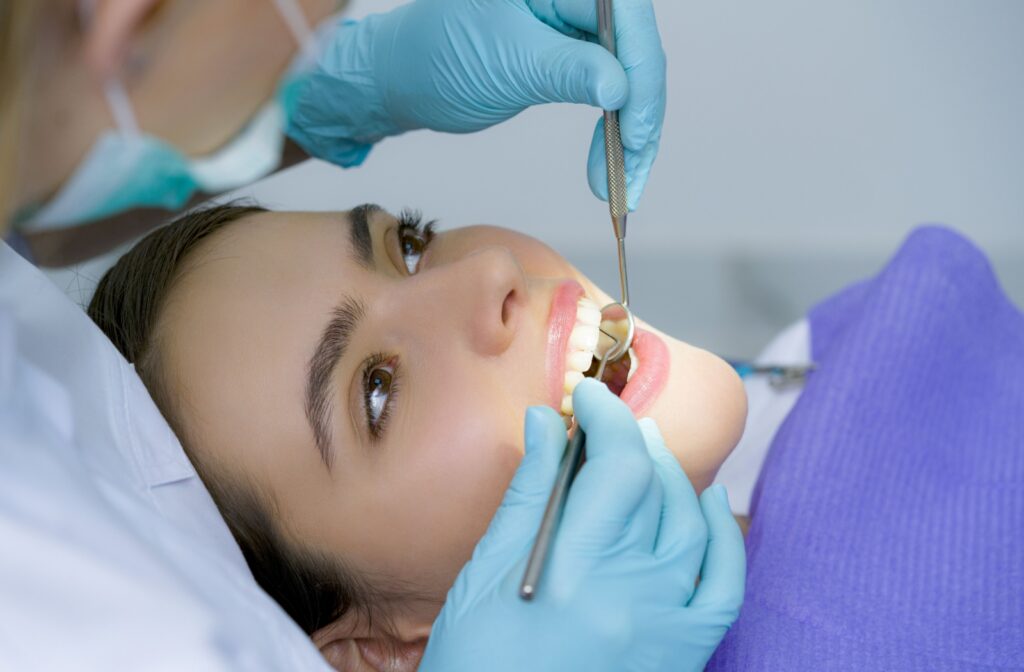You may be familiar with the feeling of leaving your dental appointment with that smooth, clean feeling on your teeth, only to notice a new sensitivity to your morning coffee or beloved afternoon soda. While it can be concerning to feel sensitivity after an appointment meant to improve your oral health, this reaction is actually quite common.
A thorough cleaning removes plaque and tartar that once covered parts of your teeth, temporarily exposing areas that may react to temperature or pressure. This brief adjustment period is normal, and your teeth and gums typically settle as they reacquaint themselves with their environment—now fresher and buildup-free.
Common Causes of Post-Cleaning Sensitivity
Removal of Tartar & Plaque
Over time, a hard substance called tartar can accumulate on your teeth, forming a layer over the tooth surface. When your hygienist works to remove tartar from your teeth, the newly exposed enamel can be sensitive to temperature changes, touch, or other sensations. This exposure is temporary and often eases within a few hours as your teeth adjust.
Exposed Dentin & Roots
The layer just beneath your tooth enamel is called dentin, and it contains tiny tubes that lead to the tooth’s nerve. If you have some gum recession, parts of your tooth roots may be exposed, meaning that these roots are not protected by enamel. The instruments used during a cleaning can touch these areas, leading to short-term sensitivity.
The Deep Clean Difference
Sometimes, a standard cleaning is not sufficient to address gum health. A deep cleaning, also known as scaling and root planing, works below the gumline to manage signs of gum disease. Because this procedure is more involved, it is common to feel more sensitivity for a few days as your gums recover.
How to Manage Post-Cleaning Sensitivity
The duration of sensitivity often depends on the type of cleaning you had and your specific oral health situation. You can take simple steps at home to help your mouth recover.
Adjust Your Home Care Routine
You have control over how you care for your teeth at home, which can help manage sensitivity. Consider these simple adjustments to your daily routine:
- Use a toothbrush with soft bristles to avoid irritation.
- Brush with gentle strokes rather than vigorous scrubbing.
- Use a toothpaste formulated for sensitive teeth.
- Rinse with a lukewarm saltwater solution to soothe your gums.
- Salt water rinse to decrease gum inflammation
Be Mindful of What You Eat & Drink
What you consume can also affect tooth sensitivity after a cleaning. For a little while, it can be helpful to pay attention to your diet. This gives your teeth and gums time to settle without additional irritation. Here are some tips that may help with sensitivity:
- Avoid foods and drinks that are very hot, cold, acidic, or sugary.
- Stick to softer foods if your gums feel particularly tender.
- If sensitivity persists for more than 2–3 weeks, schedule a follow-up.

Professional Solutions for Lasting Sensitivity
If sensitivity continues beyond a few weeks, your dental team has several options that can provide relief. These solutions are designed to address the root cause of the sensitivity. Your dentist can help determine the right approach for you.
In-Office Treatments
We can apply specific treatments directly to the sensitive areas of your teeth. They work by protecting the vulnerable parts of your teeth from anything that stimulates the sensitivity. These applications are quick and can provide noticeable relief:
- Fluoride application: Your dentist can apply a fluoride varnish to sensitive areas to help strengthen the enamel and dentin.
- Protective coatings: Dentists can use bonding agents or resin-based coatings on exposed root surfaces to shield them from sensitivity.
- Gum graft: For significant gum recession, a gum graft procedure can cover exposed roots and help to reduce sensitivity.
Custom Mouthguard
If you grind your teeth at night (a condition known as bruxism), it can wear down enamel, which may contribute to sensitivity. A custom-fit mouthguard protects your teeth from the pressure of grinding by providing a comfortable cushion between your upper and lower teeth.
Maintain Your Oral Health Between Visits
Regular cleanings are a key part of your overall health care. They help prevent many of the issues that can lead to tooth sensitivity in the first place. Consistent care is foundational for a healthy and comfortable smile.
By pairing professional care with a diligent at-home routine, you can support your oral health effectively. Brushing twice a day, flossing daily, and attending your appointments work together to maintain a healthy smile for years to come.
Your Most Comfortable Smile Awaits
At Cooper Dental, we focus on providing a comfortable and educational experience. If you have questions about tooth sensitivity or are ready to schedule your next visit, please contact our team in downtown Calgary. We are here to support your oral health goals.




